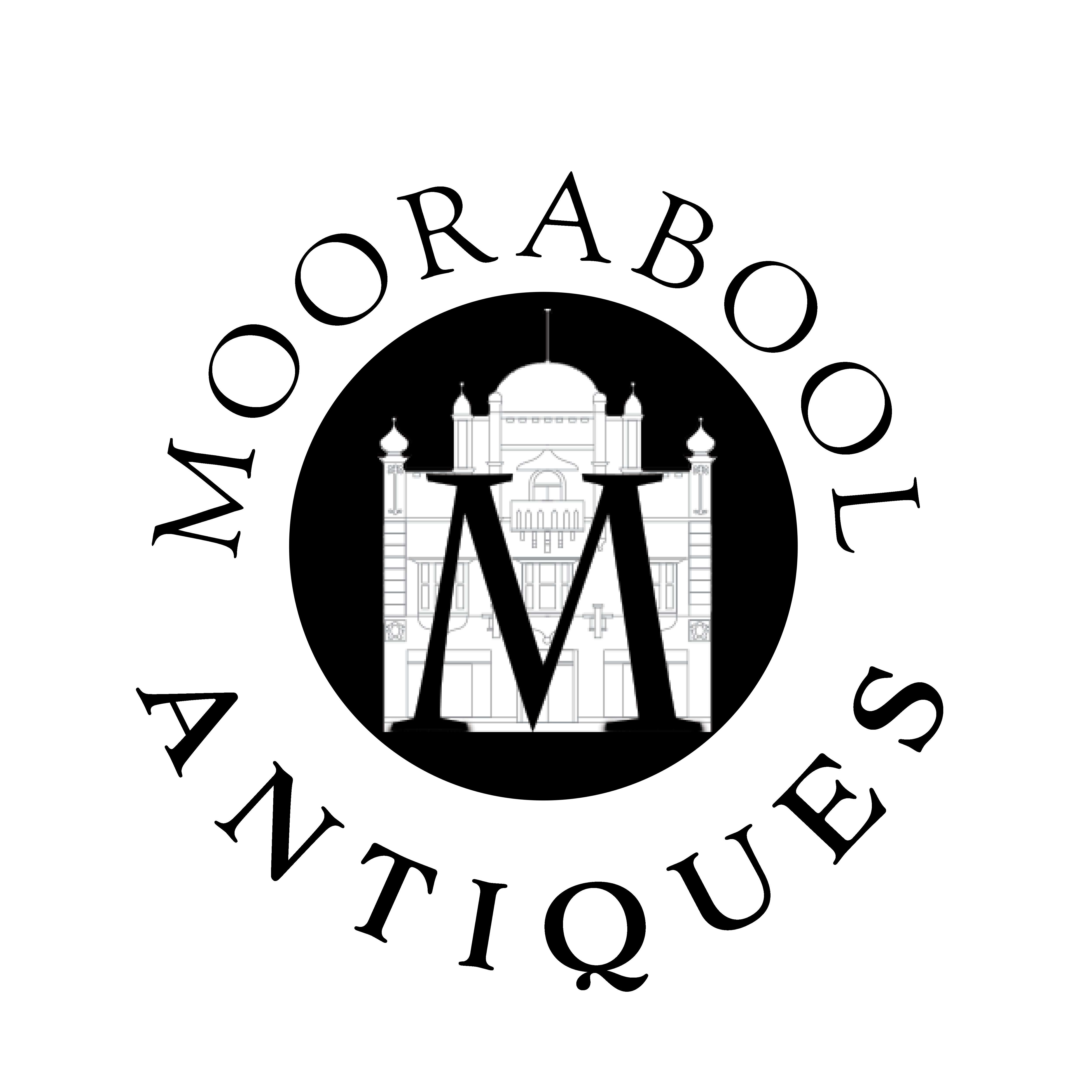Moorabool’s June Auction offers a rare piece of early Malasian art, Fresh to the Market from a local estate.
Soo Kau Koay (Malaysian, 1946–2021)
Oxcart Dream, 1971
Batik dye on cotton
Signed and dated lower right: “S.K. Koay ‘71”
Frame 61 x 91 cm ; work 87 x 56 cm
Provenance:
Private collection, Australia; acquired c. 1970s by a visitor to Malaysia.
Exhibited:
Comparable works exhibited in Batik as Art: Koay Soo Kau Retrospective, Penang State Art Gallery (2009).
Literature:
Koay, S.K., Metamorphosis: A Journey in Batik, Penang, 2019 (illustrated works from the same period).
Estimate: AUD 3,000 – 5,000
Batik - a textile tradition
Batik is a traditional textile art, popular in South-East Asian Ciultures, that uses wax-resist dyeing to create intricate patterns on fabric. Artists apply molten wax to cloth in specific areas, then immerse it in dye; the waxed sections resist the color, preserving the original fabric tone. This process can be repeated with multiple waxings and dye baths to build up rich, layered designs. In the hands of modern artists like Soo Kau Koay, batik transcended its decorative roots to become a powerful medium for expressive, fine art storytelling.

Soo Kau Koay (1946–2021) was a pioneering figure in Malaysian modern art, best known for elevating batik from a traditional craft to a respected medium of fine art. Emerging in the 1960s, Koay developed a distinctive style that fused indigenous motifs with modernist abstraction, helping to define a uniquely Malaysian visual language during the post-independence period.
A founding member of several art collectives in Penang, Koay was instrumental in shaping the Penang art scene and mentoring younger artists. His early batik works — often vibrant, symbolic, and densely patterned — received critical acclaim both locally and abroad, leading to exhibitions across Southeast Asia, China, and Europe. Later in life, he embraced Realistic Surrealism and Impressionism, reflecting on themes of heritage, memory, and change.
His works are held in major collections including the National Art Gallery (Malaysia), Penang State Art Gallery, and international institutions such as the Yunnan Museum and the collection of the late Indonesian Vice President, Tun Adam Malik. Koay’s legacy is that of a cultural bridge-builder — one who redefined local tradition in a global artistic context.

A rare early batik by pioneering Malaysian artist Soo Kau Koay, this dynamic 1971 composition exemplifies the artist’s formative period, blending expressionist linework with indigenous Southeast Asian visual idioms.
Executed in his signature batik technique, the scene presents a stylised human figure astride a horned bull, rendered with dense, almost totemic symbolism against a backdrop of spiralling and cellular motifs — suggesting cosmic or mythic dimensions.
Koay was among the earliest Malaysian artists to treat batik as a fine art medium, and this work aligns with his pre-urbanisation phase, where the human-animal relationship and cultural archetypes were central. Works of this size and period are scarce on the market, most held in institutional or private collections.





